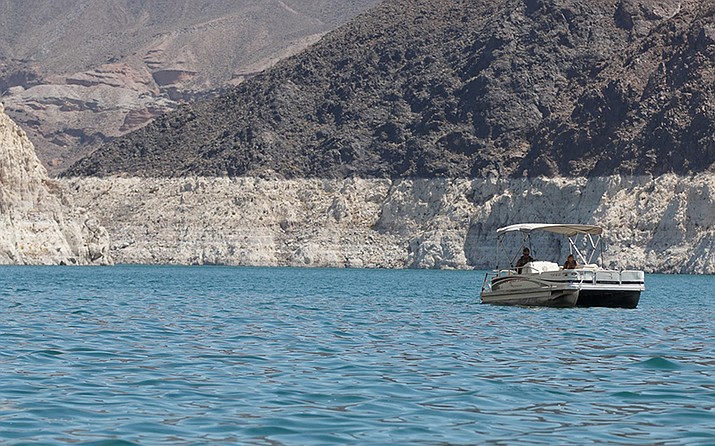‘Somebody’s going to have to use less’: Colorado River managers grapple with drought plans
Mineral deposits on the rock formations in Lake Mead, the largest reservoir on the Colorado River, show the impact of a decades-long drought on water levels. Hydrologists fear the reservoir will drop to the level at which no water can be released – a situation known as “dead pool.” (File photo by Alexis Kuhbander/Cronkite News)
LUKE RUNYON, KUNC
Originally Published: October 10, 2018 7:26 p.m.
Sign up for our e-News Alerts
Most Read
SUBMIT FEEDBACK
Click Below to:






